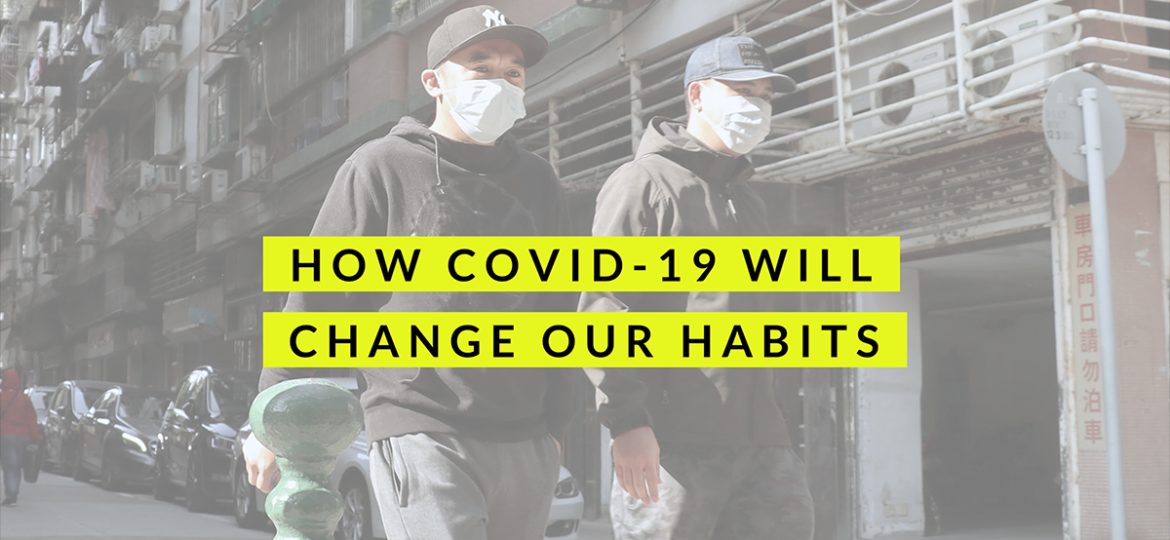
As we continue self-isolating, we also continue thinking about how the COVID-19 pandemic will have a lasting impact on our world, our surroundings and ourselves. Will handshakes become passé, or worse, downright irresponsible? Will face masks make the full leap from protection to fashion? Will we realize that all those in-person meetings could have, in fact, been emails? More than likely; more than likely; and yes. Yes they could’ve.
It’s an uncertain time—more uncertain than we’ve ever known. There’s not much keeping us grounded right now; days are bleeding together (… so you’re saying today’s not Wednesday?) and some may find it increasingly difficult to stay positive when there’s no clear end in sight. And maybe that’s just the way it is now. And maybe we’re changing and rearranging our priorities without even really realizing it. And maybe that’s a good thing.
Let’s explore what the near future may look like. Here’s how COVID-19 will change our habits:
HOME
From 2017 to 2018, there was a 67 percent increase in the number of tiny homes built in the United States. And among tiny home owners, 68 percent of them no longer pay a mortgage. What this data suggests is that each year, more and more people are sacrificing the interior space of a suburban house or geographic convenience of a city house to become landowners and, more importantly, financially free. The blueprint for “home” is no longer one-size-fits-most.
A growing interest in tiny homes isn’t the only residential trend we’re seeing lately. User-generated review giant, Yelp, recently released charts that indicate major shifts in people’s interests during the coronavirus outbreak. Some of these changes are obvious: fewer sit-down dining experiences, more take-out and delivery. People are also opting out of elective procedures and using medical services for emergency needs only. There’s also a significant decrease in leisurely outings and a spike in domestic activities, particularly home fitness, pet care and TV. Social distancing was obviously the initial catalyst for these changes, but as people’s routines increasingly shift toward more time at home, it’s not out of the scope of possibility that this will continue once we’re safe to resume our regularly scheduled lives.
What the tiny home data further suggests is a collective shift in priorities—from money and materialism to deeper personal fulfillment. Leading up to the pandemic, many companies began allowing employees to work from home at least one day per week, or work the hours that best fit their schedule rather than the standard “9 to 5.” Social distancing has shown us that the majority of jobs in the U.S. can be done remotely—even medicine, in many cases.
COVID-19 will sweep away many of the artificial barriers to moving more of our lives online. Not everything can become virtual, of course. But in many areas of our lives, uptake on genuinely useful online tools has been slowed by powerful legacy players, often working in collaboration with overcautious bureaucrats. Medicare allowing billing for telemedicine was a long-overdue change, for instance, as was revisiting HIPAA to permit more medical providers to use the same tools the rest of us use every day to communicate, such as Skype, Facetime and email. The regulatory bureaucracy might well have dragged its feet on this for many more years if not for this crisis.
Source: Katherine Mangu-Ward via Politico
A University of Southern California survey found that of people with jobs currently, 59 percent said they would have difficulty working from home. So while not every job can be done remotely, many people are now realizing that the barriers between having to put on a full face of makeup and heels, commute to and from the office (probably getting stuck in traffic at some point), attend meetings and participate in any office politics … and efficiently working from home … have only ever been 1) permission from the boss; and 2) the ability to download and use a few apps. “Once companies sort out their remote work dance steps,” says Reason magazine editor-in-chief, Katherine Mangu-Ward, “it will be harder—and more expensive—to deny employees those options. In other words, it turns out, an awful lot of meetings (and doctors’ appointments and classes) really could have been an email. And now they will be.”
What Ward says about school, however, may not ring true for everyone. “The resistance—led by teachers’ unions and the politicians beholden to them—to allowing partial homeschooling or online learning for K-12 kids has been swept away by necessity. It will be near-impossible to put that genie back in the bottle in the fall, with many families finding that they prefer full or partial homeschooling or online homework.”
HEALTH & SAFETY
When USC published its first round of study results last month, it showed that COVID-19 had already created significant changes in people’s behavior:
- 85 percent of people reported washing their hands or using sanitizer more often than before
- 61 percent reported following social distancing guidelines
Yale School of Medicine health psychologist, Valeria Martinez-Kaigi, who is not affiliated with the study, predicts that after the initial coronavirus threat has passed, new habits like hand washing, self-isolating and hoarding food will scale back considerably. The USC study also found that 22 percent of people reported stockpiling essentials like food and water.
Side question to all of you who are just now discovering the necessity of hand washing: BUT WHY?
I know in my household, we’ve been making a concerted effort to be mindful of what we’re buying and from whom. We’re making a point to purchase our vegetables and limited animal products from local farmers, and use all the groceries in the fridge. I’ve always been pro-leftovers (both the food item and the television show), and I don’t understand people who aren’t. (However, I do understand that microwaved fries are intensely subpar.) We’ve consciously chosen to use hand towels for both drying and acting like a napkin purposes. We’re basically killing it.
- 45 percent say they’re currently eating less fast food than they typically do
- 38 percent say they will support local businesses more frequently in the future
- 32 percent plan to make more home-cooked meals once we’re clear of coronavirus
In a presentation titled “Trends in the COVID-19 Recovery That Will Shape Main Street,” Main Street America’s Vice Presentation of Revitalization Programs, Matt Wagner, Ph.D., outlined points that echo the survey results:
- People have learned to cook and/or are cooking at home more often, which will impact businesses that provide “food away from home;” consumers are getting used to delivery (even for groceries), so restaurants and bars will need to address this
- There is a movement toward self-sufficiency and sustainability; minimalism and home gardening are on the upswing
According to internist and health expert, Dr. Okeke-Igbokwe, touching surfaces and pushing buttons in public may soon be an action of the past. Even prior to COVID-19, most people were aware of everyday germ hotspots: ATMs, credit card swipers, elevator buttons, gas pumps and the like. She predicts that more people will start adopting the habit of pressing buttons with their elbows or clothing-covered fingers.
I swear this isn’t an ad, I just want one.
Ann Bostrom, who studies risk perception and communication at the University of Washington, Seattle, says it will take more than just messaging to change behaviors on a large scale. Our compliance as humans often relies on being given the tools we need to easily follow new rules. “If there’s a mask available from the dispenser at the front of the building,” Bostrom explains, “you’re probably more likely to put it on.” The same goes for using hand sanitizing stations.
CULTURe
On the other side of this pandemic is a newfound respect for healthcare workers. “Perhaps we will recognize their sacrifice as true patriotism,” says Mark Lawrence Schrad, author and associate professor of political science. We will thank them for their service, as we do now with military veterans. They’ll receive guaranteed benefits and corporate discounts. “Perhaps too,” Schrad continues, “we will finally start to understand patriotism more as cultivating the health and life of your community, rather than blowing up someone else’s community.”
Maybe the de-militarization of American patriotism and love of community will be one of the benefits to come out of this whole awful mess.
It has been said since the beginning of recorded time: Humans are creatures of habit. And habits of mind and lifestyle don’t change easily. The idea that it takes 21 days to form a new habit is a myth—it’s not as cut-and-dry. “On average, it takes more than two months before a new behavior becomes automatic—66 days to be exact. And how long it takes a new habit to form can vary widely depending on the behavior, the person, and the circumstances.” In a study by the European Journal of Social Psychology, it took anywhere from 18 to 254 days for people to form a new habit.
Although the unknown can be stressful, especially for those accustomed to living their lives in scheduled chunks, this pandemic has given most of us the gift of time. A chance to slow down. A chance to rest. Lightman explains, “The mind needs periods of calm. Such a need has been recognized for thousands of years. It was described as early as 1500 B.C., in the meditation traditions of Hinduism. Later in Buddhism.”
When a monk has gone into an empty place and has calmed his mind, [he] experiences a delight that transcends that of [other] men.
Stay safe and we’ll see you soon. We will not, however, be shaking hands.



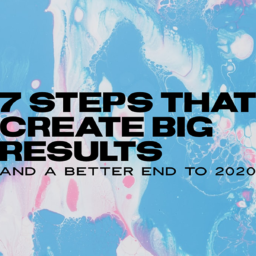
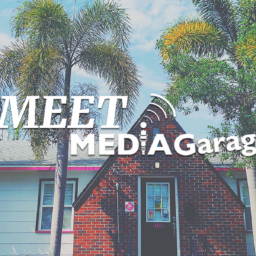

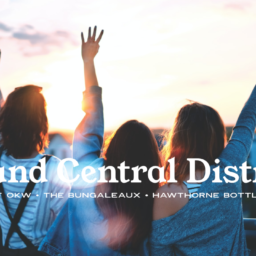

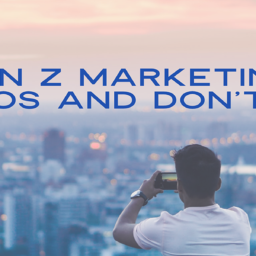
Very well written and compelling!
Thank you, Brooke! Let’s hope we all get “back to normal” here soon.